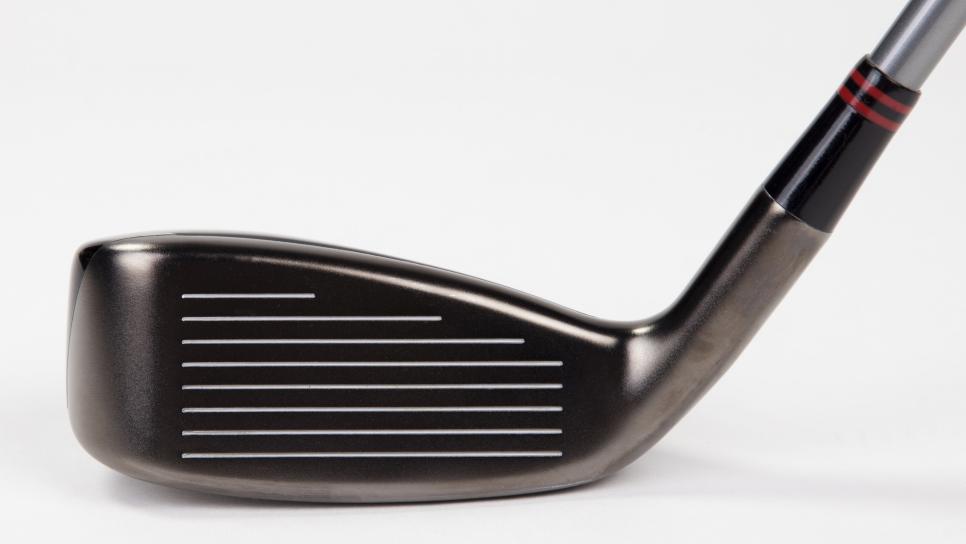The Loop
Ben Hogan hybrids will focus on distance differently

When you think of the name Ben Hogan and even when you take a look at the recent club introductions from the new Ben Hogan Golf Equipment Company, your natural inclination is toward precision and classic blade-like design. It's what you think of when you think of Hogan blade irons, Hogan's 1-iron shot at Merion in the 1950 U.S. Open, and well, maybe a new collection of Ben Hogan hybrids.
Hybrids? Really, says Terry Koehler, the president and CEO of the equipment company that bears the nine-time major champion’s name. The company's new VKTR hybrids are designed to explicitly reflect that idea of precision—specifically when it comes to distance control.
“A hybrid is not about how far you can hit it,” Koehler said, who noted that he thinks the reduced spin, stronger lofts, larger sizes and longer lengths of modern hybrids are not his ideal. “It is about how accurate and precise you can hit to a specific yardage you need it to go.”
The VKTR hybrids reflect that idea of precision in two ways: Loft and shot shape. Like both the Ben Hogan irons and wedges, the VKTR hybrids will be offered in individual one-degree loft increments, spanning a range from 17 to 27 degrees. It’s an effort to better fit the hybrids into a player’s current set of irons. The Ben Hogan hybrids also feature shaft lengths similar to the irons they would replace in an effort to produce more consistent distance gaps.
The key to hybrid lofts is more spin, not less, Koehler said.
“The majority of golfers find hybrids lacking as efficient long-range approach clubs because of the low spin rates generally found in today’s alternatives,” he said noting that the VKTR’s design emphasizes steeper landing angles so shots can hold the green.
Even more compelling than the loft fitting aspect is the idea that different players need different ballflight corrections as they move into lower-lofted clubs like hybrids. Toward that end, the VKTR hybrids will offer a unique four-way adjustability through four weight-ports in the sole and perimeter of the hybrid. The weight screws include three 2-gram screws and one 18-gram screw (for a total of 24 grams of moveable weight) that can be positioned in a port in the heel or the toe to counteract excessive draw or fade spin. The heavier weight also can be positioned in the rear center or the middle of the sole, to bolster off-center hit stability or to reduce spin.
Generally compact in size, the hybrids also get progressively smaller as the loft increases. The 17-degree head is still just 110 cubic centimeters, while the 27-degree is only 96 cc.
“From a pure physics standpoint, the farther you move the scoring pattern from the center line of the shaft, the harder it is to consistently square the clubface than when it’s closer,” Koehler said.

The shape of the VKTR hybrids also includes a less-rounded shape of the leading edge to provide more hitting area for impacts low on the face, and a more iron-like higher toe appearance to improve alignment at address and smooth the visual transition between the irons and hybrids.
The V-shaped sole is designed to make the club move more cleanly through the turf, while a slightly more forward center of gravity as the lofts increase aims to control spin for better distance. Adding extra horsepower is a thin, high-strength alloy face insert made of MS-300 steel.
While Ben Hogan himself never played a hybrid, Koehler said there’s evidence that as far back as the 1960s, Hogan was designing prototype clubs that looked like what can only be described as modern-day hybrids.
“Our goal was to make a set of hybrids that combine the feel and shotmaking capabilities of an iron with the performance and playability of a utility club,” he said.
The VKTR hybrids ($250) will be offered with the UST/Mamiya IROD shaft, and they will begin shipping in April.

